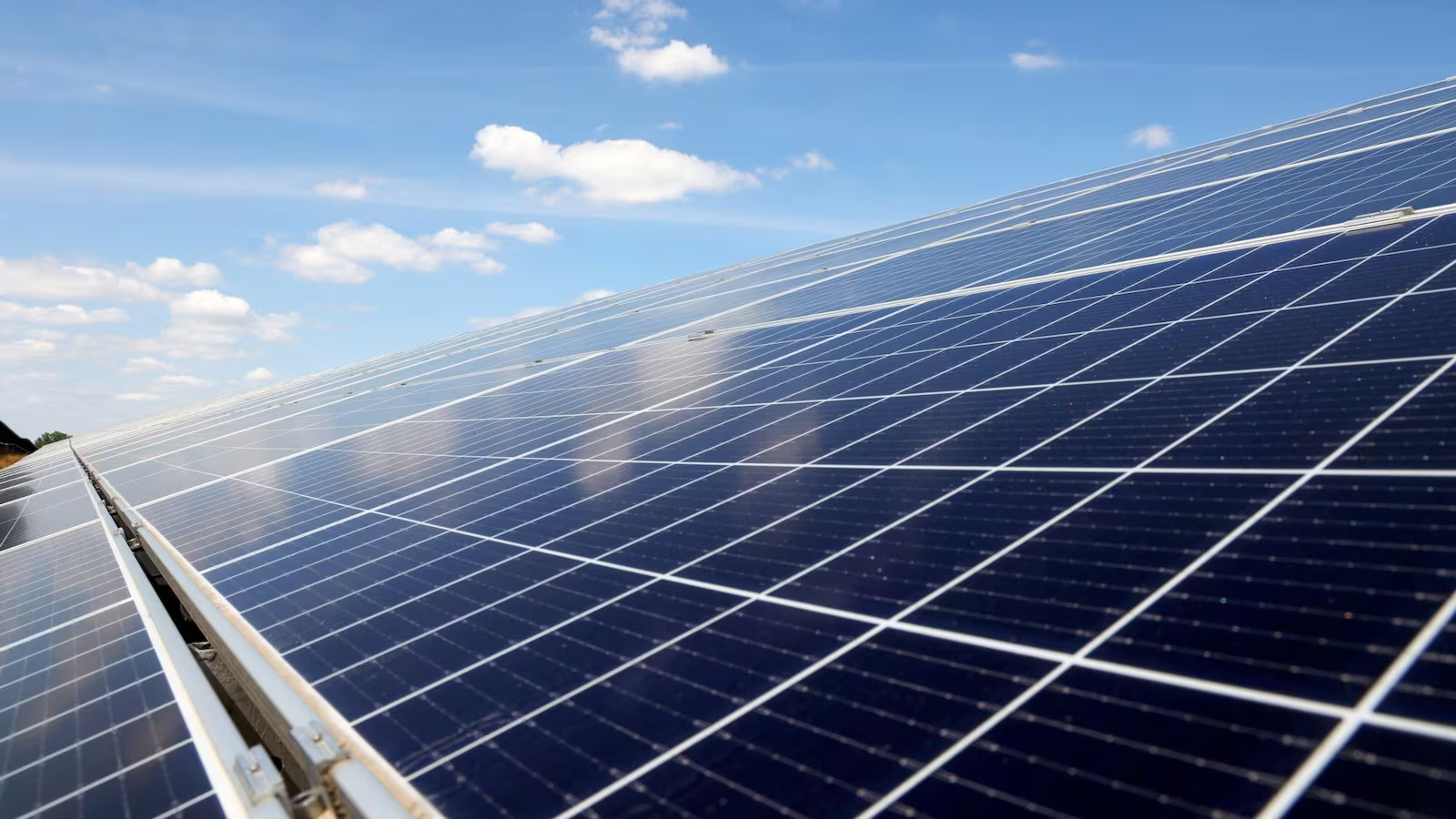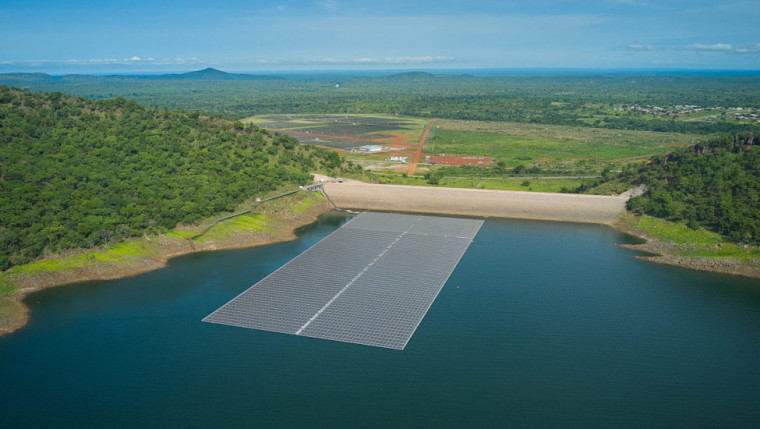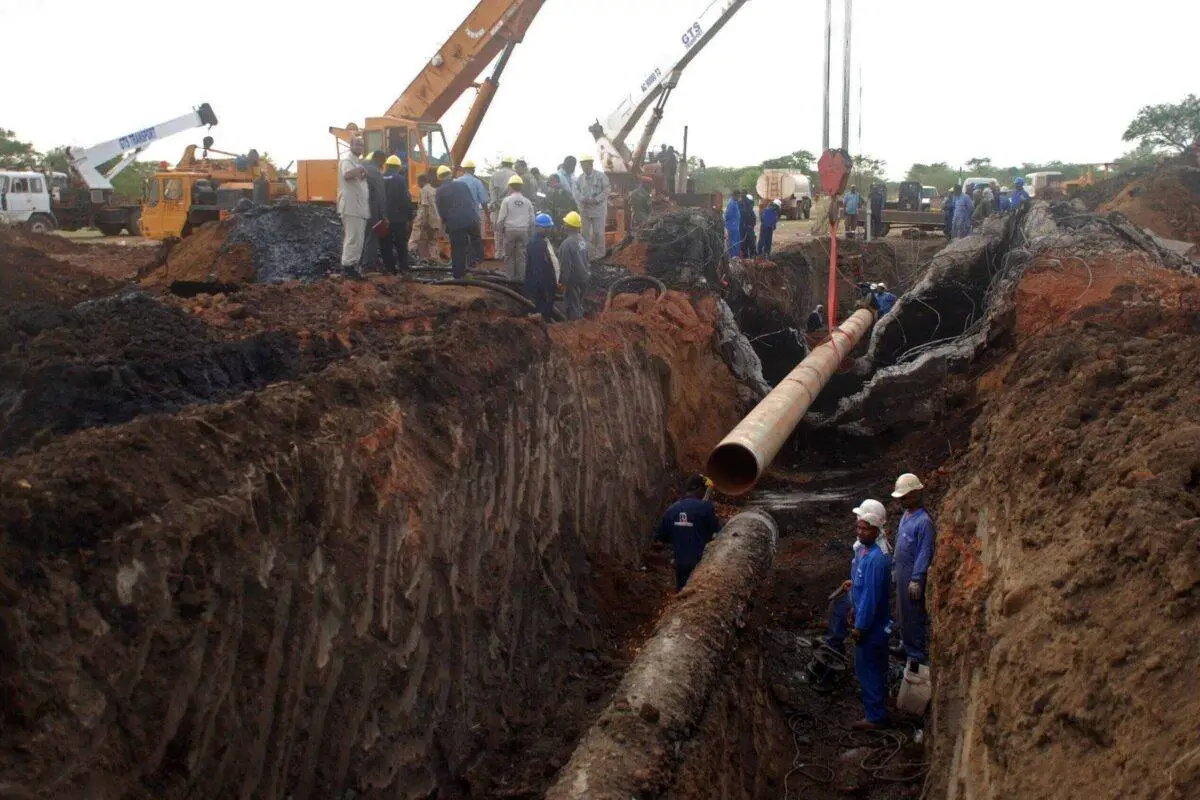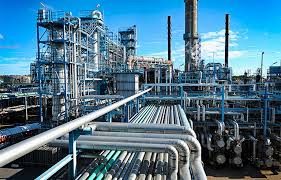Generation

Model for Sustainable Energy, Local Empowerment
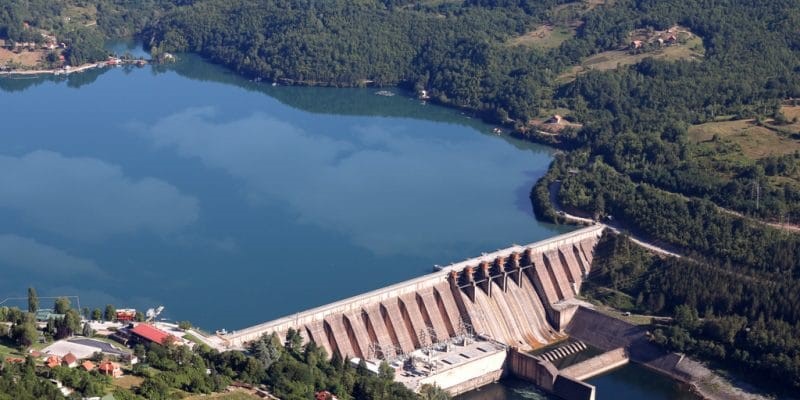
The Great Zimbabwe Hydro Project, located at the dam wall of Lake Mutirikwi in Masvingo Province, is a 5-megawatt (MW) run-of-river mini-hydropower plant that harnesses water releases from the existing Mutirikwi Dam. The project demonstrates how public–private collaboration, local capacity, and international investment can drive sustainable power generation and contribute to national climate goals.
Zimbabwe has long faced chronic electricity shortages due to ageing thermal power stations and erratic hydro output from Kariba Dam. Against this backdrop, the government prioritised small and medium-scale renewable projects to diversify its energy mix. The Great Zimbabwe Hydro Project emerged as one of the country’s flagship initiatives under this agenda.
Developers identified the dam’s consistent water flow as ideal for a run-of-river hydro scheme, which could generate clean power without altering the dam’s storage or disrupting irrigation downstream.
The project aimed to achieve several objectives:
- Add 5 MW of renewable energy to the national grid.
- Improve electricity reliability in Masvingo Province.
- Support Zimbabwe’s climate targets by cutting carbon emissions.
- Stimulate local economic activity and job creation.
By harnessing an existing dam, the project avoided high environmental costs associated with new dam construction, making it both cost-effective and sustainable.
Financing and Partnerships
The Great Zimbabwe Hydro Project cost approximately US$14 million and was financed through a public–private partnership.
Frontier Energy, a Danish renewable energy investor, led the initiative in partnership with local institutions, including Old Mutual Life Assurance Company, the Public Service Pension Fund, and ZB Financial Holdings. These partnerships ensured a balanced mix of international expertise and local ownership.
Zimbabwean contractors such as JR Goddard and Masimba Holdings handled civil and construction works, reinforcing domestic participation and capacity-building. The project thus became a model for integrating local industry into national renewable development.
Implementation and Timeline
Developers broke ground on the project in March 2022, following years of feasibility studies and environmental and social impact assessments conducted between 2012 and 2022.
The project faced several implementation challenges, including:
- Delays due to heavy rains during the construction period
- The need to coordinate dam water releases for both power generation and irrigation
Despite these obstacles, the developers maintained steady progress. By mid-2024, the power station had reached 95 per cent completion, and in November 2024, authorities officially commissioned the plant. The facility now delivers its full capacity to the national grid.
Technical Specifications
The hydropower station uses two Francis turbines, each producing 2.5 and 2.7 MW of electricity. A 25-kilometre transmission line connects the plant to the Kyle Substation, integrating power into Zimbabwe’s national grid.
The plant generates about 5 MW of clean energy and is projected to reduce carbon dioxide emissions by 11,000 to 15,000 tonnes annually. This contributes directly to Zimbabwe’s Nationally Determined Contributions (NDCs) under the Paris Agreement.
Environmental and Social Impact
Environmental assessments confirmed that the project poses minimal risk to surrounding ecosystems due to its run-of-river design. Developers worked closely with the Zimbabwe National Water Authority (ZINWA) to align water use schedules and safeguard downstream irrigation.
Socially, the project delivered tangible community benefits. It employed over 150 residents during construction, providing short-term jobs and skill development opportunities. Post-construction, the developers launched educational scholarships for underprivileged students in Masvingo, demonstrating corporate social responsibility beyond power generation.
Outcomes and Achievements
The Great Zimbabwe Hydro Project has made clear contributions to Zimbabwe’s clean energy transition and local development. Since its commissioning in November 2024, it has supplied 5 MW of renewable power to the national grid, easing electricity shortages in Masvingo Province and reducing dependence on diesel generation. Reliable power has supported small businesses, schools, and health centres, improving productivity and service delivery.
Regarding environmental impact, the project offsets about 11,000 to 15,000 tonnes of CO₂ annually, advancing Zimbabwe’s climate goals under the Paris Agreement. It demonstrates how decentralised hydro projects can complement large-scale generation and strengthen grid resilience.
On the social level, the project benefited local communities through employment and education. Over 150 residents gained technical experience during construction, while a scholarship programme launched by the developers continues to support underprivileged students. Infrastructure upgrades, including improved access roads, have boosted mobility and tourism around Lake Mutirikwi.
Challenges
Despite its successes, the Great Zimbabwe Hydro Project faced several challenges that offer valuable lessons for future renewable energy initiatives in Zimbabwe and the wider Southern African region. One of the main difficulties involved balancing water management between energy production and agricultural use.
Lake Mutirikwi is a key irrigation source for downstream farming communities, and the project team had to coordinate closely with the Zimbabwe National Water Authority (ZINWA) to ensure that power generation schedules did not disrupt irrigation cycles. This experience underscored the importance of early stakeholder engagement and integrated water-energy planning when developing hydro projects in multi-use basins.
Another challenge stemmed from weather-related disruptions during construction. Heavy rains delayed civil works and access to the dam site, revealing the need for more robust contingency planning in infrastructure projects exposed to climatic variability. In response, the contractors adapted their timelines and improved site drainage and construction sequencing, which ultimately helped them deliver the project without compromising quality or environmental safeguards.
Perhaps the most important lesson lies in the project’s community engagement strategy. The developers secured strong social acceptance by involving local stakeholders early and maintaining transparency throughout construction. Communities viewed the project as a shared asset rather than an external imposition, which reduced the risk of conflict or resistance. The inclusion of local contractors and labour further deepened this sense of ownership.
In conclusion, the Great Zimbabwe Hydro Project aligns with Zimbabwe’s Renewable Energy Policy (2019) and Vision 2030, emphasising energy diversification, private investment, and sustainability. While 5 MW is modest in national terms, the project symbolises a shift toward cleaner, decentralised energy systems capable of powering regional economies.
It highlights the potential of small hydropower as a practical, replicable solution for countries seeking to sustainably expand energy access. The Great Zimbabwe Hydro Project illustrates how well-designed renewable energy initiatives can balance technical, social, and environmental priorities. By blending international investment with local execution, the project has strengthened energy security, supported climate commitments, and created socio-economic value for communities.




